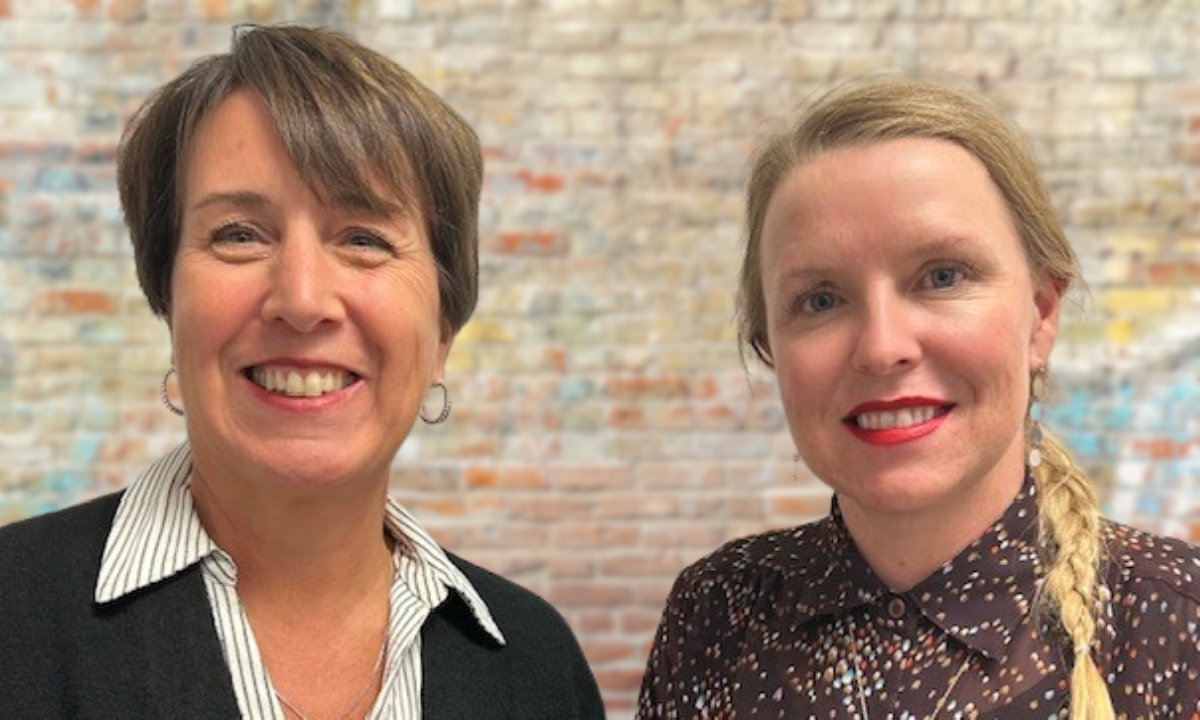Proposed housing solution: A Quebec hub to accelerate affordable housing financing
Why It Matters
It can take up to five years from the conception of a non-profit housing project to its completion. Diversifying financing is crucial - more patient capital and fewer subsidies might be part of the answer.

A Quebec resource group promoting new and unique financial tools for community housing is one of 18 semi-finalists for CMHC’s latest challenge.
L’Association des groupes de ressources techniques du Québec (AGRTQ) has been selected for its Pôle accélérateur en finance immobilère idea in Round 5 of Canada Mortgage and Housing Corporation’s (CMHC) Housing Supply Challenge, .
There are currently 25 Groupes de Ressources Techniques (GRT) in Quebec, said Nancy Croussette, interim general manager for AGRTQ.
A GRT is a social economy enterprise that supports organizations or people to develop community real estate projects in cooperatives or non-profit organizations.
GRTs coordinate housing construction and act as intermediaries between tenants, public administrations, building contractors, and other professionals (like architects, notaries and engineers). They also guide clients with community life, real estate, and financing.
“Our hub for community housing financing will consolidate the financial expertise of the 25 GTRs to develop financing strategies responding to the realities of the community real estate sector,” said Croussette.
Many financial tools already exist, but most aren’t well-known and not necessarily well-mastered, said Josée Prud’homme, general manager at Pôle accélérateur en finance immobilière.
She showcased patient capital, which refers to long-term loans with flexible repayment conditions, as an example.
AGRTQ proposes two patient capital funds – a$20 million Fonds Immosocial Québec and a $151 million Capital Social d’Investissement immobilier. Both have a 15-year repayment period.
“The non-profit developer uses the return on the building to repay the capital. Repayment is made from the surplus, which is income minus debts. This makes it possible to get through the difficult first years,” said Prud’homme.
Patient capital reduces dependence on subsidies like grant proposals and has multiple advantages, said Prud’homme.
“Calls for grant proposals are made on a fixed date, which delays projects. Moreover, a promoter applies for one less subsidy when using patient capital.
“The government can invest this money elsewhere. It is a better use of public funds,” she added.
It’s all about speed.
“If our hub can demystify patient capital and increase its use, we’ll accelerate the supply of off-market housing,” said Croussette.
The hub complements Quebec’s New Housing Strategy, as Quebec plans to reduce subsidies and replace them with financial products, said Croussette.
“It is a change of culture for community housing promoters to use capital, not subsidies, to complete a project,” she said.
The federal and Quebec governments created a fast track earlier this year to accelerate affordable housing projects. The business model consists of providing financial support by experienced community housing developers certified for their efficiency by the Société d’habitation du Québec (Quebec Housing Corporation.)
The first certified promoter is powerhouse Société de développement Angus, which will receive a nearly $193.5 million subsidy to build 1,001 new housing units, including 677 in Montreal and 324 in Rimouski.
This financial assistance corresponds to about 50 per cent of the estimated costs of building these units, whose affordability will be guaranteed for a minimum of 35 years.
However, this cultural shift could trigger a wave of consolidation, creating new, significant players in community housing and potentially leaving smaller developers behind, said Croussette.
“We have this discussion with la Société d’habitation du Québec. Our economic targets miss the point if our financial tools rule out small developers. Our tools must enable us to create more housing for the most vulnerable.”
“Small developers are part of that equation. We will need to monitor their contribution under the new financing structure.”
Over five years, CMHC will distribute $300 million to citizens, stakeholders, and experts to propose solutions to the barriers to new housing supply.
The Housing Supply Challenge has gone through four previous rounds, Previous rounds addressed data collection, the pre-construction process, supply chain solutions for Northern and remote housing, and innovative construction for housing affordability.
Round 5 is looking for solutions to transform how Canada delivers housing.
